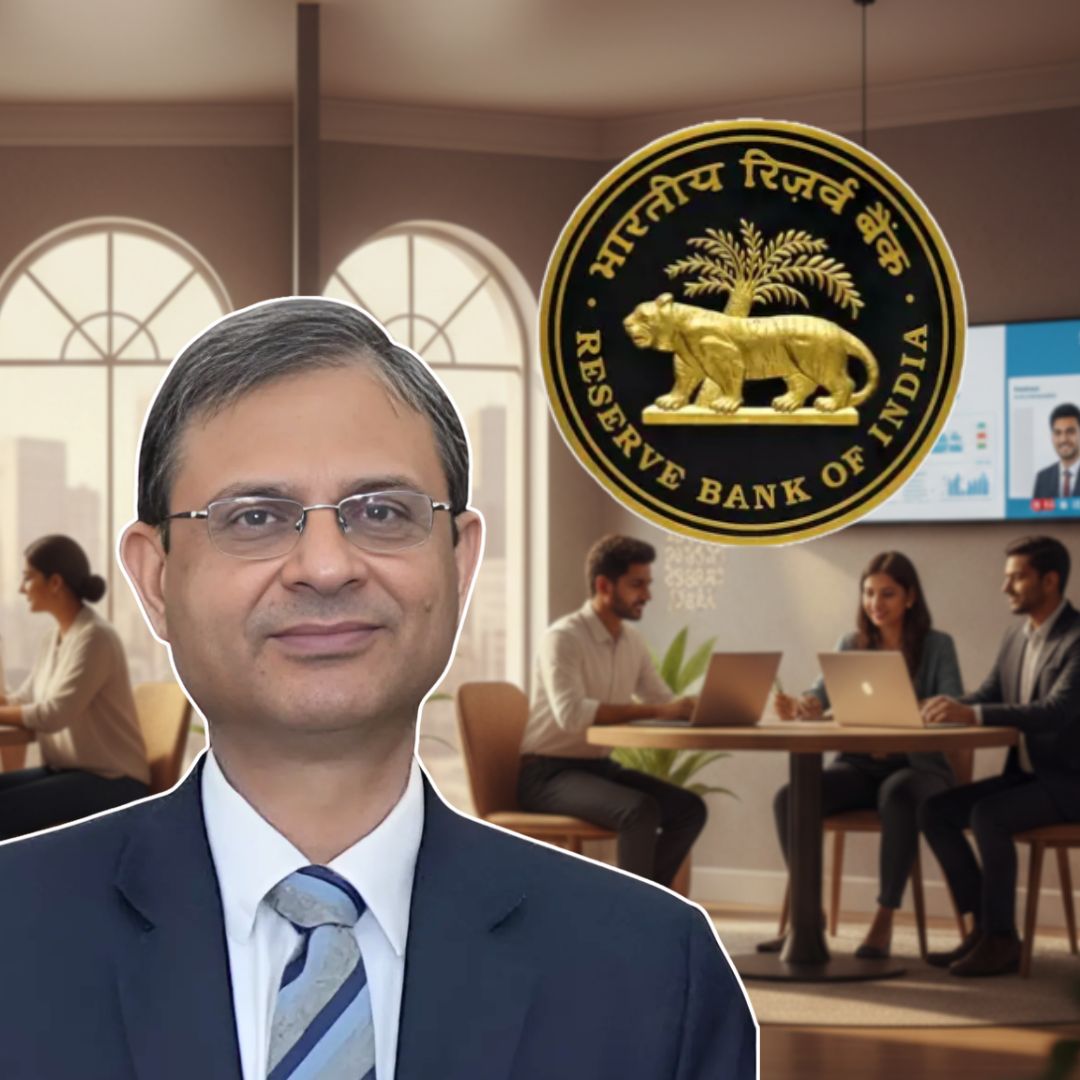The Reserve Bank of India (RBI) unanimously decided on October 1, 2025, to keep the repo rate steady at 5.50% amid easing inflation and resilient economic growth. The Monetary Policy Committee (MPC) maintained a neutral monetary policy stance, highlighting the impact of recent GST reductions, moderate inflation within target range, and external risks like US tariffs affecting trade.
RBI Governor Sanjay Malhotra emphasised monitoring the effects of fiscal measures on the economy before further changes. This decision reflects cautious optimism balancing growth support and price stability in a complex global environment.
Economic Outlook and Policy Details
The six-member MPC chose to hold the repo rate after cumulative cuts totalling 100 basis points earlier in the year, signalling steady money market conditions. Inflation recorded at 2.07% in August remains low due to favourable monsoon and government tax rationalisations, keeping average inflation for FY26 forecasted at around 3.1%.
The economy grew impressively at 7.8% year-on-year in Q1, aided by government spending and rural demand. Committee members acknowledged that reductions in GST on consumer goods have boosted festive season consumption, aiding economic momentum while cushioning against global trade challenges, including potential 50% tariffs imposed by the US on Indian exports.
Context and External Challenges
The RBI’s steady stance follows a reserved approach amid significant external headwinds such as escalating trade tensions and currency pressures. Market experts expect the repo rate to remain unchanged in the near term, but some anticipate potential rate cuts later if inflation continues to stay subdued and economic growth signals weaken.
The RBI also aims to improve monetary policy transmission across sectors including real estate and non-banking financial companies, which have historically lagged, ensuring borrowing costs more directly affect investment and consumption choices.
Monetary Policy Transmission Challenges
Despite multiple rate cuts totaling 100 basis points since February 2025, the Reserve Bank of India faces significant challenges in fully transmitting these monetary policy benefits to the broader economy.
High borrowing costs persist in certain sectors, particularly among state and central governments, and within non-banking financial companies. Liquidity infusion efforts, including Open Market Operations and reserve requirement relaxations, have yet to translate effectively into lower lending rates for all consumers and businesses.
Furthermore, the RBI must navigate these hurdles against a backdrop of global uncertainties and geopolitical tensions, which complicate financial stability and exchange rate management. Ensuring that monetary easing successfully stimulates investment and consumption remains a critical priority for sustained economic growth and inclusive prosperity.
Enhancing Monetary Policy Effectiveness
One of the key challenges RBI faces is ensuring that its policy rate decisions effectively transmit to lending and borrowing rates across India’s diverse economy. Despite lowering the repo rate by 100 basis points in 2025 and injecting liquidity through operations like Open Market Operations (OMOs) and CRR cuts, borrowing costs remain relatively high, especially for state and central governments.
Structural rigidities in the financial market, such as underdeveloped bond markets, limited integration of the informal sector, and administered rates on small savings, restrict the immediate impact of policy changes.
Addressing these challenges requires coordinated efforts to reform banking competition, improve digital infrastructure, and enhance transparency, all of which will ensure monetary easing benefits reach all sectors equitably, driving sustained economic growth and inclusive prosperity.
The Logical Indian’s Perspective
The RBI’s steady rate decision amid a complex interplay of domestic and global factors demonstrates prudent governance that values balanced growth and inflation control.
This careful approach fosters social stability and economic resilience, reflecting principles of empathy and harmony. Thoughtful monetary policy can help nurture inclusive growth and reduce inequality by ensuring that economic benefits reach wider communities.
Monetary Policy Report – October 2025https://t.co/reTjCd042V
— ReserveBankOfIndia (@RBI) October 1, 2025
LIVE: RBI Governor Sanjay Malhotra's Monetary Policy Statements#Watch– https://t.co/XBP6mPsjM4 pic.twitter.com/wcI2oPovzI
— DD News (@DDNewslive) October 1, 2025













